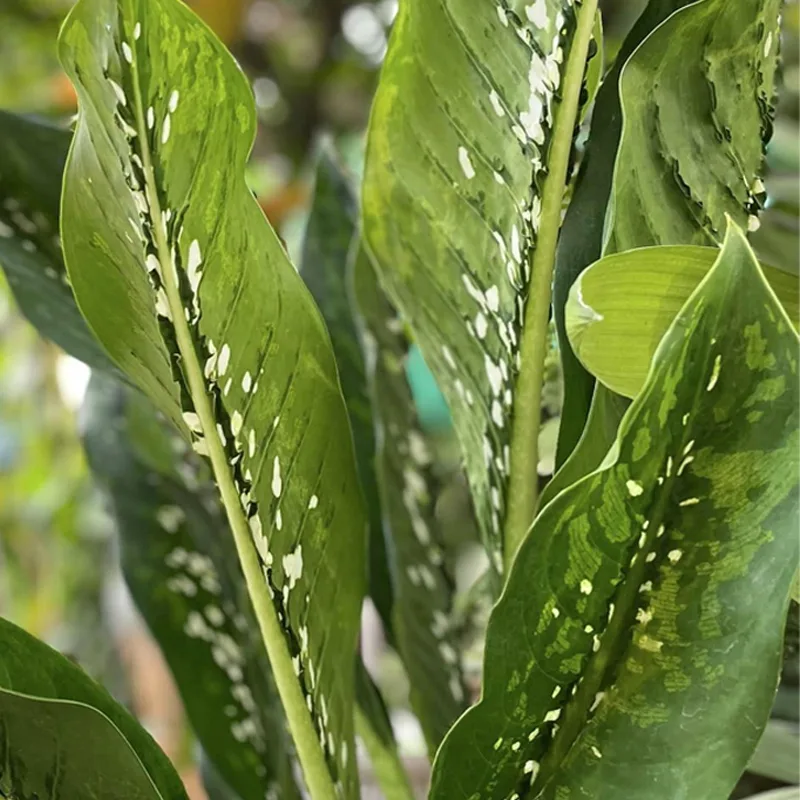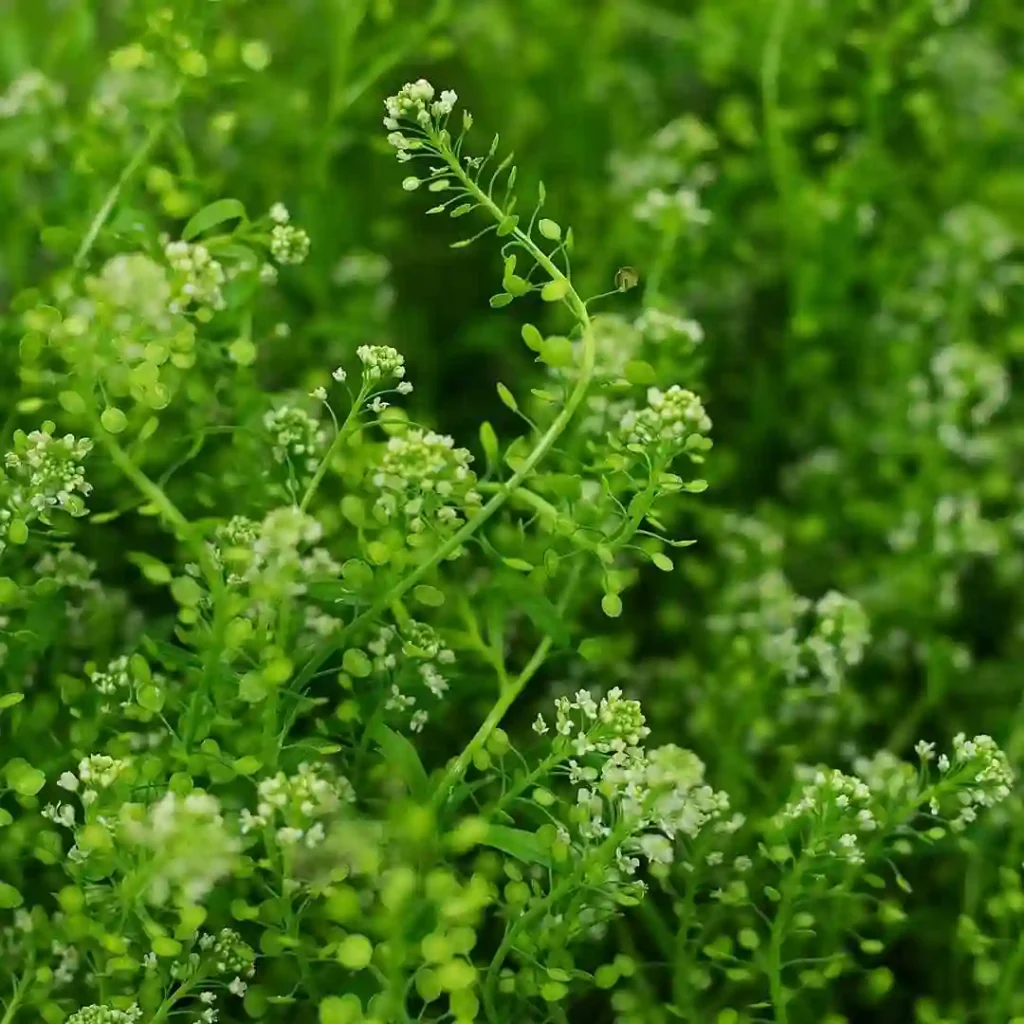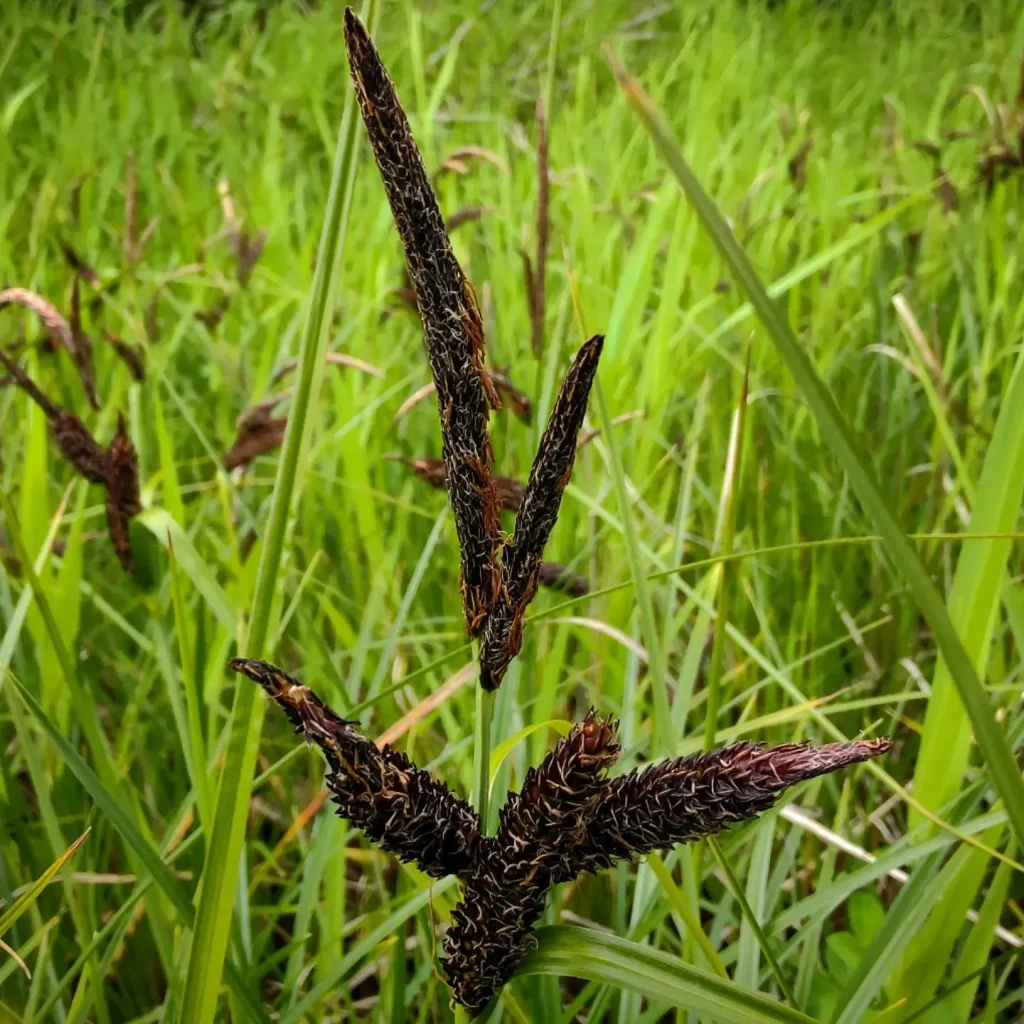
FAQs About Amorphophallus Bulbifer: Everything You Need to Know
Amorphophallus Bulbifer is a unique and intriguing plant that can add an exotic touch to any garden or indoor space. If you’re considering growing this fascinating species, you might have several questions. Let’s dive into some of the most frequently asked questions about Amorphophallus Bulbifer.
242 Species in Genus Amorphophallus
What Is Amorphophallus Bulbifer?
Amorphophallus Bulbifer is a tuberous perennial native to tropical regions. Known for its striking appearance, this plant produces large, glossy leaves and a dramatic flower spike that can be quite eye-catching. The flower, which resembles a large, phallic structure, has earned it its quirky name. Its appearance can be quite striking, and it’s not for everyone, but those who appreciate unique plants will find it fascinating.
How to Plant Amorphophallus Bulbifer?
Planting Amorphophallus Bulbifer is relatively straightforward, but there are a few key tips to ensure success. First, choose a location that receives bright, indirect sunlight if you’re planting indoors or in a shaded spot outdoors. This plant prefers a warm environment, so ensure it’s in a place where temperatures range between 65°F and 85°F (18°C to 30°C).
Start by planting the tuber about 2 to 3 inches (5 to 7 cm) deep in well-draining soil. A mix of potting soil and perlite or sand can work well. Space the tubers at least 12 inches (30 cm) apart to allow for their expansive growth. Water the soil thoroughly after planting, but make sure it doesn’t stay soggy, as this can lead to rot.
How to Care for Amorphophallus Bulbifer?
Caring for Amorphophallus Bulbifer involves regular but careful attention. Water the plant when the top inch of soil feels dry. During the growing season, typically spring and summer, it’s beneficial to fertilize the plant every 2 to 4 weeks with a balanced, water-soluble fertilizer. Reduce watering and fertilizing during the dormant period, which usually occurs in fall and winter.
Ensure the plant has adequate humidity, especially if grown indoors. Regular misting or using a humidity tray can help maintain the required moisture levels. Keep an eye out for pests like spider mites or aphids, which can occasionally target this plant.
How to Propagate Amorphophallus Bulbifer?
Propagation of Amorphophallus Bulbifer is generally done through offsets or bulbils. These small bulbs form on the main tuber and can be separated and replanted. To propagate, carefully remove the offsets when they are large enough to handle and plant them in fresh soil. Ensure they have similar conditions to the parent plant for successful growth.
What to Plant With Amorphophallus Bulbifer
Amorphophallus Bulbifer pairs well with other tropical and exotic plants. Consider planting it alongside other dramatic foliage plants like Alocasia or Colocasia for a bold garden display. For indoor settings, combining it with other low-maintenance houseplants like Sansevieria or ZZ plants can create a visually interesting plant collection.
Can You Grow Amorphophallus Bulbifer Indoors?
Yes, Amorphophallus Bulbifer can be grown indoors. It requires a bright, indirect light environment and should be placed in a spot where temperatures are consistently warm. Indoor growth may lead to smaller flowers compared to outdoor specimens, but the plant can still thrive with the right care. Be mindful of humidity levels and ensure the plant isn’t exposed to drafts or sudden temperature changes.
Is Amorphophallus Bulbifer Toxic?
Amorphophallus Bulbifer is mildly toxic if ingested. It contains calcium oxalate crystals, which can cause irritation to the mouth and throat. While it’s not highly toxic, it’s best to keep it out of reach of pets and small children to avoid any potential issues.
Benefits of Amorphophallus Bulbifer
One of the primary benefits of growing Amorphophallus Bulbifer is its unique and exotic appearance, which can be a conversation starter in any garden or home. Additionally, it’s relatively low-maintenance compared to other exotic plants. Its dramatic foliage and flowers make it a standout in both garden settings and indoor plant collections.
Common Problems with Amorphophallus Bulbifer
Common issues with Amorphophallus Bulbifer include overwatering, which can lead to tuber rot, and insufficient light, which can cause poor growth. Pests like spider mites and aphids may also be a concern. Ensure proper watering practices and check for pests regularly to keep the plant healthy.
Comparing Amorphophallus Bulbifer with Similar Plants
When comparing Amorphophallus Bulbifer with similar plants like Amorphophallus Konjac, the key differences lie in their flower structure and size. Amorphophallus Konjac, also known as the “Devil’s Tongue,” has a similar appearance but typically features a darker, more intense coloration and a different flower shape.
In summary, Amorphophallus Bulbifer is a fascinating plant that can add a unique touch to your garden or home. By understanding how to plant, care for, and propagate it, you can enjoy its exotic beauty for years to come.
If i die, water my plants!



